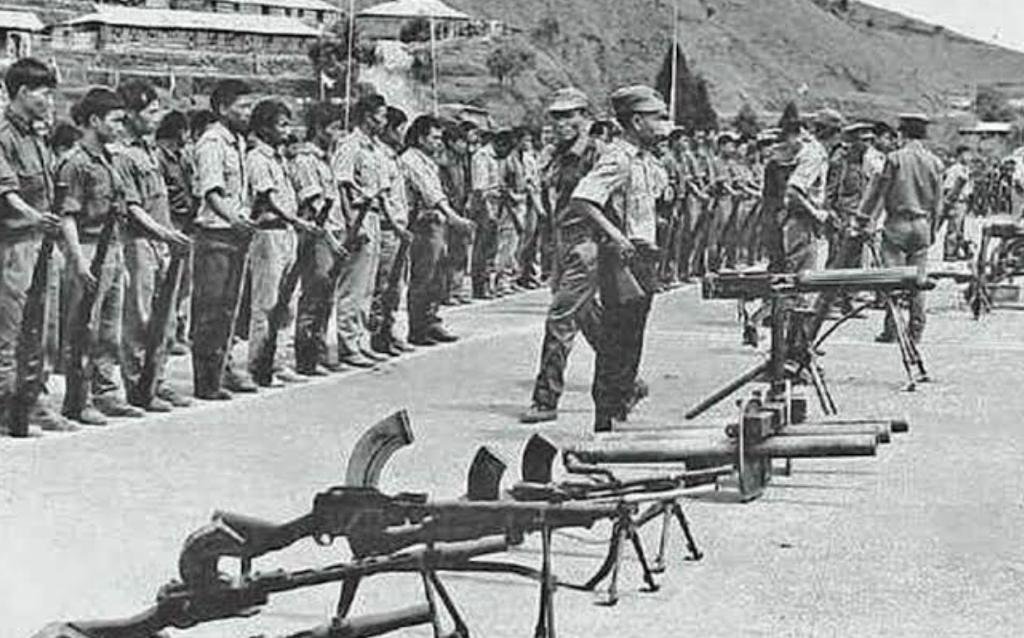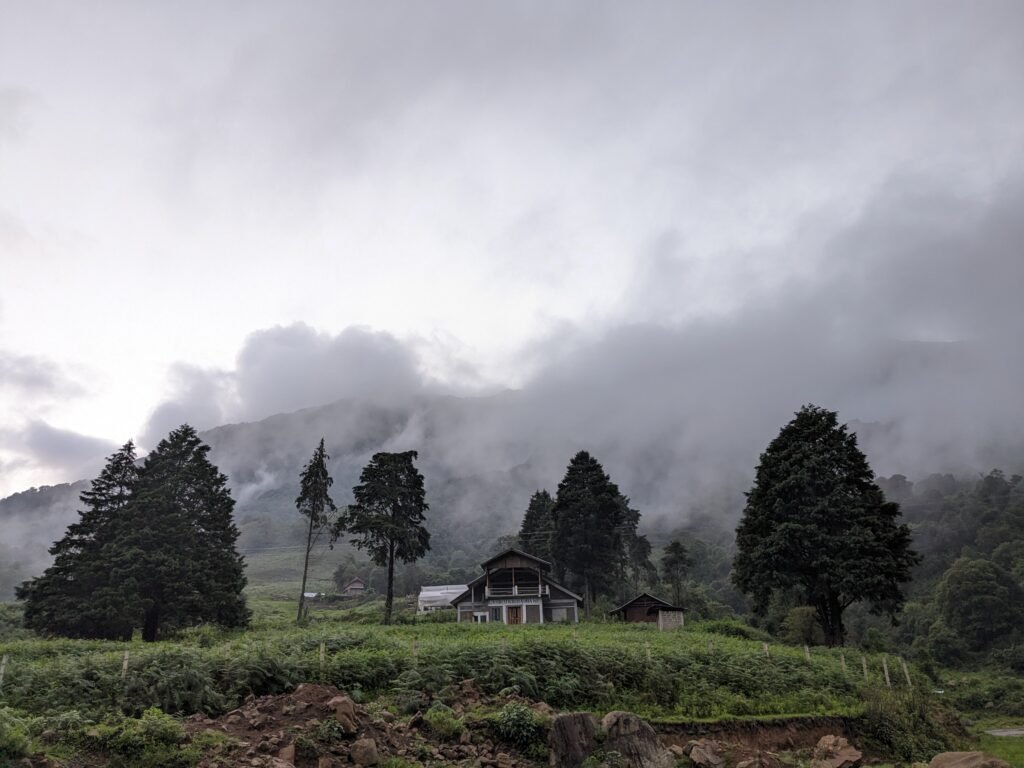Nagaland has been marred by a long-standing insurgency rooted in historical, political, and social complexities. The Nagaland insurgency is a multifaceted conflict that reflects the aspirations of the Naga people for recognition, autonomy, and preservation of their unique cultural heritage. This article aims to shed light on the causes, developments, and implications of the Nagaland insurgency, which has indelibly impacted the region’s history and socio-political landscape.
Historical Background
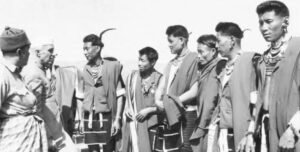
The historical background of the Nagaland insurgency traces its roots back to the colonial era and the subsequent post-independence period in India. The Nagas, a diverse group of tribal communities residing in the northeastern region of India, have a rich history and a strong sense of identity tied to their land, culture, and traditions. The insurgency originates in the Nagas’ desire for recognition, autonomy, and preservation of their unique way of life.
British Colonial Rule: During the 19th century, the British colonial administration expanded its influence in the northeastern region of India, including the areas inhabited by the Nagas. The Nagas fiercely resisted external control, and British attempts to subjugate them were met with resistance.
The Naga Club and Memorandum of 1929: In 1918, the Naga Club comprised educated and influential Naga leaders. In 1929, the Naga Club submitted a memorandum to the Simon Commission appointed to study and recommend constitutional reforms in India. The memorandum expressed the Nagas’ desire to be left alone and not included in British India. It marked one of the earliest instances of Nagas articulating their aspiration for self-determination and autonomy.
The Formation of the Naga National Council (NNC): The Naga National Council (NNC) was officially formed on February 2, 1946, with Angami Zapu Phizo as one of its key leaders. The NNC aimed to consolidate the Nagas’ demands for recognition and self-governance. It sought to preserve Naga culture, protect land rights, and create a separate Naga state outside the purview of independent India.
Independence and the Demand for Sovereignty: After India gained independence from British rule in 1947, the Nagas’ demand for sovereignty intensified. They asserted that their distinct historical and cultural identity warranted a separate political entity. The Indian government, on the other hand, considered Nagaland an integral part of India, leading to a clash of interests.
Escalation of Tensions and Armed Conflict: The Indian government’s refusal to recognise the Nagas’ demands and the continued suppression of their movement led to an escalation of tensions. The NNC, under Phizo’s leadership, decided to launch an armed struggle for Naga sovereignty in the late 1950s. The conflict soon turned violent, and the Naga Hills witnessed armed resistance against the Indian forces.
Military Operations and Counterinsurgency Measures: In response to the insurgency, the Indian government launched military operations to quell the rebellion. The deployment of armed forces resulted in instances of violence, human rights violations, and the displacement of civilians. The insurgency also led to factionalism within the Naga movement, with different groups advocating different strategies to achieve their goals.
Peace Initiatives: Over the years, efforts have been made to resolve the conflict peacefully. In 1964, a ceasefire agreement was signed between the Indian government and the NNC. However, the peace process suffered setbacks due to disagreements and mistrust. Subsequent negotiations led to the signing of a ceasefire agreement with the National Socialist Council of Nagaland (Isak-Muivah) [NSCN-IM] in 1997, initiating a new phase of the Naga peace process.
Causes of Insurgency
The main drivers of the Nagaland insurgency can be attributed to historical grievances, political marginalisation, and cultural preservation:
- Historical Grievances: The Nagas felt a deep sense of injustice due to the imposition of external rule and perceived neglect by successive governments. They sought to reclaim their ancestral lands and assert their distinct identity, fearing cultural erosion under centralised governance.
- Political Marginalization: The Nagas’ demands for recognition and autonomy were often met with apathy and resistance from the Indian government. The absence of a concrete resolution to the Naga issue further fueled feelings of alienation and frustration among the Naga populace.
- Cultural Preservation: The insurgency was partly driven by the desire to preserve Naga culture and customs. The Nagas viewed the imposition of external norms and practices as threatening their unique way of life and sought to protect their traditions.
The Insurgency Unfolds
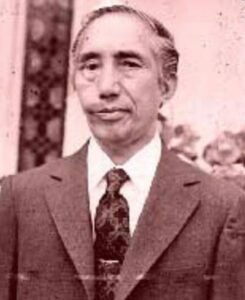
The NNC, under the leadership of Angami Zapu Phizo, led the early phase of the insurgency, demanding a separate Naga state. However, failed negotiations with the Indian government led to the eruption of armed conflict in the late 1950s. In response, the Indian government launched military operations to quell the insurgency.
The conflict resulted in widespread violence, displacement of civilians, and human rights abuses on both sides. The insurgency led to factionalism within the Naga movement, with various groups advocating different strategies, ranging from peaceful negotiations to armed resistance.
Peace Process and Developments
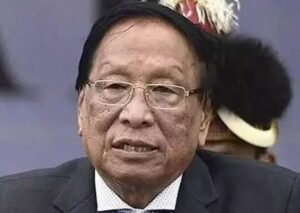
Over the years, attempts were made to resolve the conflict peacefully. In 1975, the Indian government signed the Shillong Accord with the NNC (Adino) faction, leading to the surrender of some Naga rebels. However, other factions continued their armed struggle. In 1997, the National Socialist Council of Nagaland (Isak-Muivah) [NSCN-IM], one of the prominent Naga insurgent groups, entered into a ceasefire agreement with the Indian government. Subsequent talks and negotiations, collectively known as the Naga peace process, have been ongoing to find a comprehensive solution to the Naga issue.
Current Status and Implications
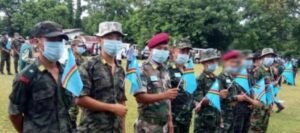
The Nagaland insurgency remains unresolved, with the Naga peace process continuing. The conflict has had significant implications on the region’s socio-economic development, as the prolonged unrest has hindered progress and investments. However, the peace talks offer hope for a lasting settlement that respects the Naga people’s aspirations for identity, autonomy, and development.
The Nagaland insurgency is a complex struggle deeply intertwined with historical, political, and cultural factors. It reflects the Nagas’ unwavering determination to safeguard their unique heritage and demand recognition and autonomy from the Indian state. As the Naga peace process persists, all stakeholders must engage in meaningful dialogue and find a lasting resolution that respects the Nagas’ aspirations while ensuring the region’s peace, stability, and inclusive development. Only through mutual understanding and empathy can the wounds of the past be healed and a brighter future for Nagaland and it’s people be secured.
